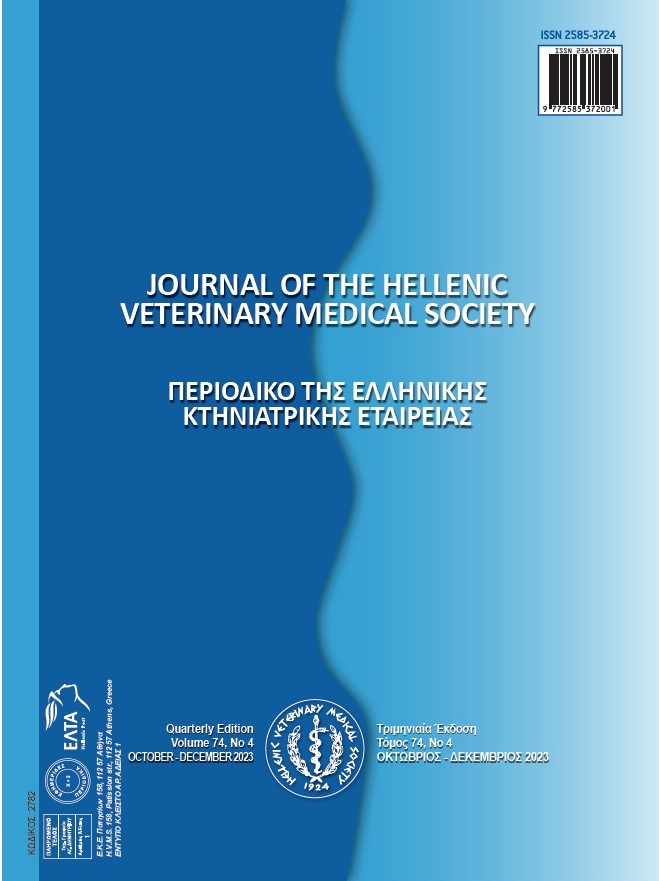Egg production, egg quality, blood lipids, and ovarian related indices in laying hens fed pomegranate by-products
Résumé
The present experiment was conducted to investigate effects of pomegranate seed (PS) on egg production variables, egg quality traits, blood biochemical attributes, and ovarian related indices of laying hens. A total of 360 Hy-line laying hens (w-80), at 25 weeks of age were randomly allotted to 5 dietary treatments in a completely randomized design during a ten-week period. Experimental treatments consisted of a basal diet (CTL) or supplementation of 1 g, 2 g, 3 g, and 4 g PS/kg to basal diet. Supplementation of 4 g PS/kg feed increased production rate of laying hens by 2.6% (P<0.05) while the other production variables were not affected by dietary treatments. Dietary inclusion of 3 or 4 g PS/kg tended to increase yolk color by 10.7% compared to layers fed on CTL treatment. The greatest large and small yellow follicles count and ovary weight observed when laying hens received 4 g PS/kg feeds compared to those fed on the other dietary treatments (P<0.05). Blood cholesterol content decreased in response to feeding 4 g/kg PS supplemented diets (P<0.05). Furthermore, blood triacylglycerol concentration decreased in layers fed diets containing 3 or 4 g PS/kg (P<0.05). In conclusion, dietary supplementation of 4 g/kg PS seems suitable to improve egg production rate and decrease blood cholesterol and triacylglycerol contents.
Article Details
- Comment citer
-
Gharagozloo, A., Kheiri, F., Nasr, J., & Faghani, M. (2023). Egg production, egg quality, blood lipids, and ovarian related indices in laying hens fed pomegranate by-products. Journal of the Hellenic Veterinary Medical Society, 74(3), 6227–6232. https://doi.org/10.12681/jhvms.31293
- Numéro
- Vol. 74 No 3 (2023)
- Rubrique
- Research Articles

Ce travail est disponible sous licence Creative Commons Attribution - Pas d’Utilisation Commerciale 4.0 International.
Authors who publish with this journal agree to the following terms:
· Authors retain copyright and grant the journal right of first publication with the work simultaneously licensed under a Creative Commons Attribution Non-Commercial License that allows others to share the work with an acknowledgement of the work's authorship and initial publication in this journal.
· Authors are able to enter into separate, additional contractual arrangements for the non-exclusive distribution of the journal's published version of the work (e.g. post it to an institutional repository or publish it in a book), with an acknowledgement of its initial publication in this journal.
· Authors are permitted and encouraged to post their work online (preferably in institutional repositories or on their website) prior to and during the submission process, as it can lead to productive exchanges, as well as earlier and greater citation of published work.




